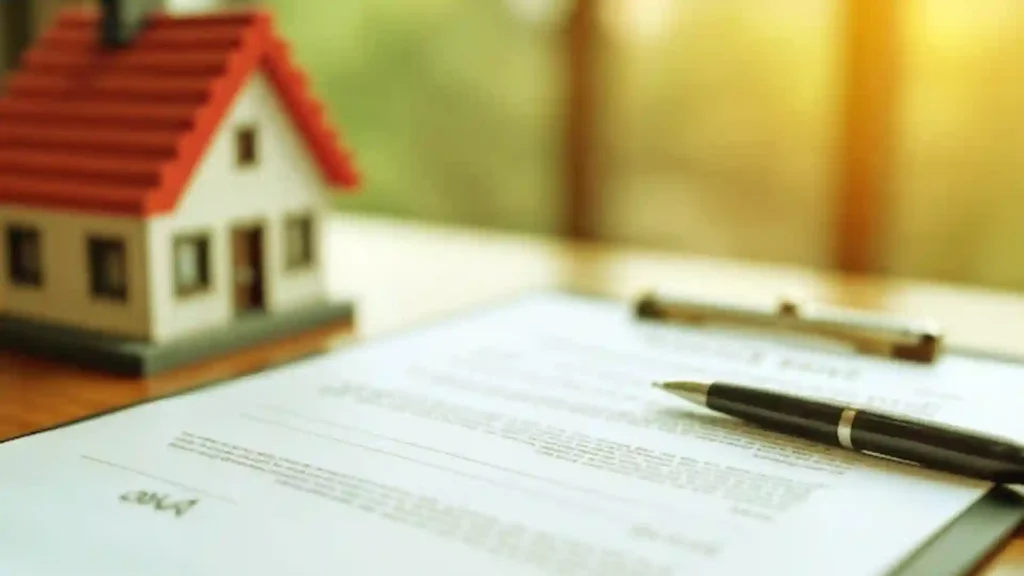Buying or selling property in the UK involves a legal process known as conveyancing, which ensures the transfer of ownership is conducted properly and securely. Understanding the five main stages of conveyancing can help buyers and sellers navigate this often complex process with greater confidence and clarity.
Understanding the five main stages of conveyancing
1. Instruction and Initial Preparation
The conveyancing process begins when you instruct a solicitor or licensed conveyancer to act on your behalf. This involves formally appointing them to handle the legal aspects of your property transaction. During this stage, your conveyancer will verify your identity to comply with anti-money laundering regulations and gather essential information about the property and the parties involved. If you are a buyer, your conveyancer will request the draft contract and property information pack from the seller’s solicitor. This initial phase typically lasts up to two weeks.
2. Pre-Contract Stage: Reviewing Contracts and Conducting Searches
Once the draft contract and property details are received, your conveyancer will carefully review these documents to ensure all terms are clear and fair. Concurrently, they will carry out various searches to uncover any issues that might affect the property’s value or your enjoyment of it. Common searches include local authority searches (checking for planning restrictions or upcoming developments), environmental searches (flood risks or contamination), and title checks to confirm ownership and any legal burdens on the property. This stage can take several weeks as the searches are processed and results analysed.
3. Enquiries and Mortgage Arrangements
After reviewing the contract and search results, your conveyancer will raise enquiries with the seller’s solicitor to clarify any concerns or request additional information. This may include questions about boundaries, rights of way, or disputes. At the same time, if you require a mortgage, your conveyancer will liaise with your lender to ensure the mortgage offer is in place and that any lender conditions are incorporated into the contract. This stage is crucial for ironing out any potential issues before the transaction proceeds and can last up to six weeks depending on complexity.
4. Exchange of Contracts
Once all enquiries are satisfactorily answered and both parties are happy with the contract terms, you will be invited to sign the contract. At this point, the buyer usually pays a deposit (commonly 10% of the purchase price). The exchange of contracts is the moment the agreement becomes legally binding, meaning neither party can withdraw without facing penalties. A completion date is agreed upon during this stage, which is typically one to two weeks after exchange.
5. Completion and Registration
Completion is the final stage where the remaining purchase funds are transferred from the buyer’s solicitor to the seller’s solicitor. Once the seller confirms receipt of funds, the buyer can collect the keys and take possession of the property. Following completion, your conveyancer will register the transfer of ownership with HM Land Registry, ensuring your legal title is updated. This stage usually happens on the agreed completion date and marks the official end of the conveyancing process.

How Do I Find a Good Conveyancing Solicitor in the UK?
Choosing the right conveyancing solicitor is vital to ensure a smooth and stress-free property transaction. Start by seeking recommendations from friends, family, or your mortgage advisor. Research solicitors or licensed conveyancers online, paying close attention to reviews and professional accreditations such as membership of The Law Society or the Council for Licensed Conveyancers. It is important to confirm that your chosen solicitor is on your mortgage lender’s approved panel to avoid delays or extra costs.
Compare quotes carefully, ensuring all fees and disbursements are included to avoid unexpected expenses. Prioritise solicitors who communicate clearly and provide regular updates, as good communication is key to avoiding frustration during the process. Finally, consider their experience with your type of property and local knowledge, which can be invaluable in handling any specific issues that arise.
This overview of the five stages of conveyancing demystifies the process and highlights the importance of professional legal support. Whether you are a first-time buyer or a seasoned seller, understanding these stages helps you anticipate what lies ahead and make informed decisions throughout your property journey.
